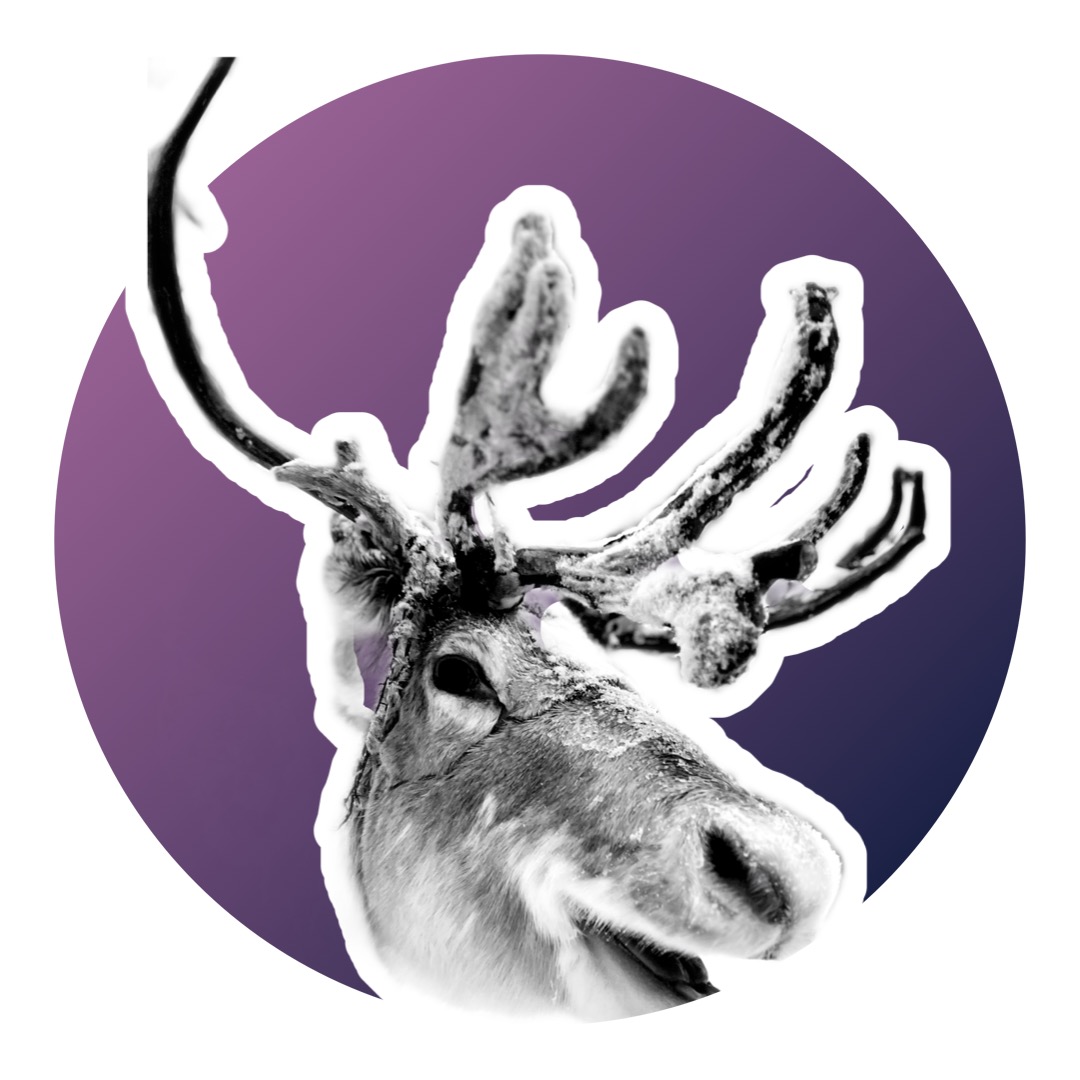Aurora hunting - FAQs
- Arctic Adventurers
- Jan 29, 2023
- 3 min read
Updated: Jan 30, 2023

If you'd love to see the northern lights but don't know where to start, here are a few key questions answered...
Where can you see the northern lights?
The countries located in or around the arctic circle are the locations where you are most likely to view the aurora - Iceland, Finland, Sweden, Norway, Greenland, Russia, Canada and Alaska (US).
It's possible to see the aurora at lower latitudes, even as far south as the U.K. and mainland Europe, however, conditions need to be exceptional.
Which locations are most easily accessible from the U.K?
Direct and relatively short flights to Iceland and Finnish Lapland are the most accessible options - these are typically from London airports but can sometimes include seasonal flights from regional airports. Connecting flights remain an option if you are keen to explore a bit further.
When is the best time to travel?
September to April is recommended due to the dark nights - otherwise there is too much light at night to see the aurora. There are some statistics that suggest autumn (September/October) and spring time (March/April) are statistically more likely to yield conditions that will enable you to see the aurora.
What is a solar cycle?
The solar cycle is a period of time during which there is a solar maximum and minimum - determined by the number of sun spots that cause disruptive solar weather. These conditions have a significant bearing on solar activity which in turn causes aurora displays on earth.
The last peak of the solar cycle was in 2014 and the next is likely to happen again between 2024-2026. This means levels of activity are on the increase so it's a great time to travel. Even when the cycle is at solar minumum, there's still opportunity to see the northern lights.
Is there a certain time to see the aurora?
As long as it's dark and the conditions are right, there's an opportunity. We've seen lots of suggestion that the aurora is most likely to be active between around 11pm and 2am - which is what we've generally experienced. That said, we've seen the aurora at around 6pm (which was wonderful for our children) and we've seen examples of aurora sightings at 7am, so keep your eyes to the skies and take a nap in the day if needs be!
What causes the aurora?
The best explanation can be found in this short video...
What causes the different colours?
The type of gas present and the altitude influences the colours that you see:
Above 150 miles - oxygen, red
Up to 150 miles - oxygen, green
Above 60 miles - nitrogen, purple
Up to 60 miles - nitrogen, blue
Is there any way to predict the northern lights?
Whilst solar activity can be forecasted, it's still no guarantee of a sighting. We've seen spectacular displays on evenings with very low levels forecasted - and equally have been thwarted by cloud cover and conditions that did not deliver expectations.
What is the KP index?
The KP index is a way to forecast the Northern Lights. The planetary K-index is a scale to measure geomagnetic activity that relates to Northern Lights visibility.
The KP index is 0-9, with the highest end of the scale indicating that the aurora may be visible in lower latitudes, although this is only a forecast and not a guarantee. Perhaps it's the elusiveness of the lights that makes the chase so interesting!
Are there any good apps to help?
The two apps that have been recommends to us are 'aurora' and 'Hello aurora'. Iceland also has a weather website Vedur.IS which is a helpful resource for forecasting cloud cover and solar activity,
Can you take photos of the northern lights?
You can - although the difference in quality will differ greatly. It's much more tricky to video the moving aurora in any sort of quality.
Check out our post about photographing the aurora for some useful hints and tips.






Comments